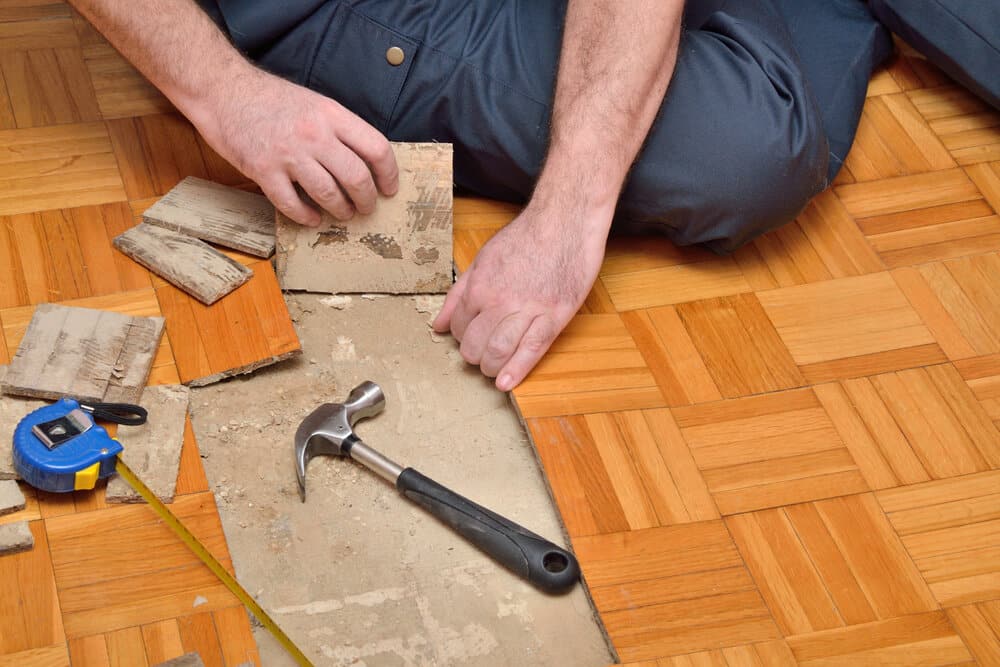
Repair or Replace Damaged Flooring?
Damaged flooring can diminish the beauty, safety, and value of your home. Knowing whether you should repair or replace damaged flooring can save you time, money, and frustration. Here’s how to decide which option is best for your situation.
When to Repair Your Flooring
In many cases, repairing your floors is a practical and cost-effective solution. Consider repairs if:
1. The Damage Is Minor. Small scratches, dents, or chips in hardwood, laminate, or vinyl can often be buffed out, filled, or spot-repaired. For carpet, minor stains or fraying edges can be spot-cleaned or patched.
2. The Damage Is Localized. If the issue is confined to a small area — like a cracked tile or a water-stained patch — targeted repairs may be enough.
3. The Flooring Is Relatively New. If your floors are in generally good condition and have plenty of life left, repairing is often the better choice.
4. The Damage Hasn’t Compromised Structural Integrity. For minor surface imperfections that don’t affect the stability of the floor, repairs are usually sufficient.
When to Replace Your Flooring
There are times when replacing your flooring is the wiser investment. Consider replacing your floors if:
1. The Damage Is Extensive. Large sections of warped wood, widespread stains, or torn vinyl may require a full replacement to restore your space.
2. There’s Water Damage, Mold or Mildew. Water damage can lead to structural issues, mold growth, and compromised flooring stability. Replacement is often necessary to ensure a safe environment.
3. Your Flooring Is Old and Worn. If your floors are heavily scratched, faded, or showing signs of wear and tear after years of use, replacement can improve aesthetics and durability.
4. Repairs Would Exceed Replacement Costs. In some cases, the labor and materials required for extensive repairs may cost more than installing new flooring.
5. You’re Planning a Remodel. If you’re updating your home’s design, replacing old flooring can provide a fresh look that complements your new space.
How to Decide
If you’re unsure whether to repair or replace, consider these steps:
1. Assess the Extent of Damage: Minor issues can often be fixed, while widespread damage may warrant replacement.
2. Factor in Age and Wear: Older flooring that’s near the end of its lifespan may not be worth extensive repairs.
3. Consult a Professional: Flooring experts can evaluate the condition of your floors and recommend the best course of action.
Whether you’re repairing a few scratches or planning a complete flooring makeover, choosing the right solution ensures your home remains safe, comfortable, and beautiful. Contact our team today for expert advice on whether you should repair or replace damaged flooring.
